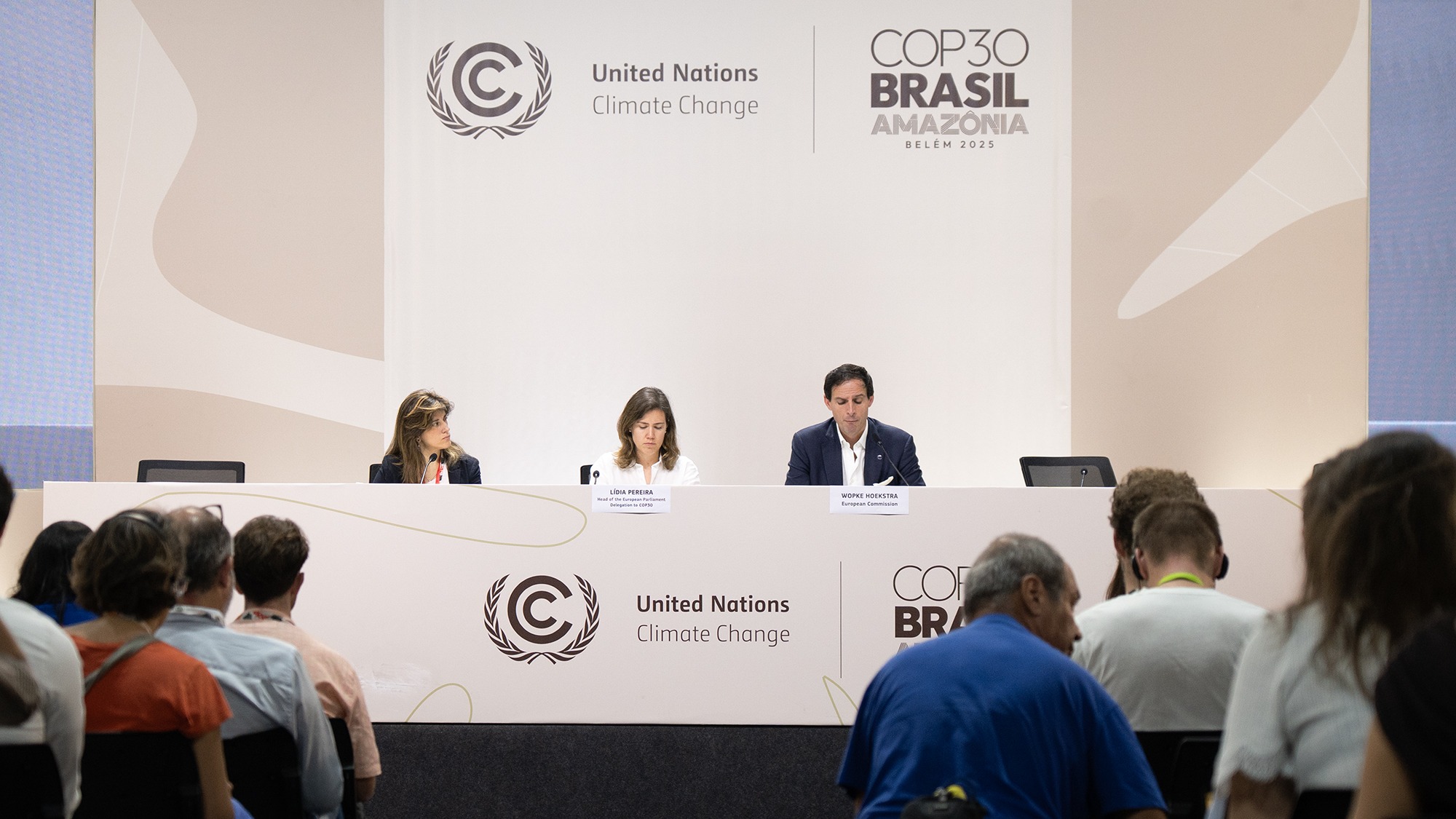Plants, Vol. 14, Pages 2572: Effects of Water-Nitrogen Management on the Growth and Nitrogen Uptake and Utilization of Intercropped Alfalfa
Plants doi: 10.3390/plants14162572
Authors:
Huile Lv
Yuanbo Jiang
Guangping Qi
Minhua Yin
Yanxia Kang
Yanlin Ma
Yayu Wang
Feng Xiao
Jianqing Peng
Haiyan Li
Chongqin Luo
Junxian Chen
Yanbiao Wang
Mingzhu Wang
Agroforestry is an ecological agricultural model that promotes the coordinated development of agriculture and animal husbandry. Exploring appropriate water and nitrogen management strategies for forage grasses in agroforestry systems is of great significance for improving productivity. This study aims to investigate the effects of different water and nitrogen management practices on the growth, nitrogen uptake, and utilization efficiency of intercropped alfalfa in a goji berry-alfalfa system. It is assumed that moderate water deficiency combined with appropriate nitrogen fertilizer can optimize the growth of alfalfa in the intercropping of wolfberry and alfalfa. This study was based on a 2-year (2021 and 2022) field trial, focusing on alfalfa in a goji berry||alfalfa system. Four irrigation levels [full irrigation (W0, 75–85% θfc), mild water deficit (W1, 65–75% θfc), moderate water deficit (W2, 55–65% θfc), and severe water deficit (W3, 45–55% θfc)] and four nitrogen application levels [no nitrogen (N0, 0 kg·hm−2), low nitrogen (N1, 150 kg·hm−2), medium nitrogen (N2, 300 kg·hm−2), and high nitrogen (N3, 450 kg·hm−2)] were set up to systematically analyze the effects of water and nitrogen regulation on biomass allocation, nitrogen translocation, hay yield, and nitrogen use efficiency of alfalfa. The results showed that (1) irrigation and nitrogen application levels significantly affected the stem-to-leaf and root-to-shoot ratios of alfalfa (p < 0.01). The smallest stem-to-leaf ratio (0.758) was observed under W1N2, while the smallest root-to-shoot ratio (0.595) was observed under W0N2. (2) Irrigation and nitrogen application levels significantly affected nitrogen accumulation and nitrogen translocation in alfalfa (p < 0.05). The maximum nitrogen accumulation was observed under W0N2, which was 43.39% higher than that under W0N0. The maximum nitrogen translocation was observed under W1N2, which was 15.1% and 33.4% higher on average than that under W0N0 and W3N0, respectively. (3) Irrigation and nitrogen application had highly significant effects on alfalfa hay yield (p < 0.01). The highest hay yield (8325 kg·hm−2 and 12,872 kg·hm−2) was achieved under W0N2. The nitrogen productivity of alfalfa increased with increasing water deficit and initially increased, then decreased with increasing nitrogen application. The nitrogen use efficiency of alfalfa followed the order N2 > N1 > N3 and W1 > W0 > W2 > W3, with the highest value of 9.26 under W1N2. Based on the comprehensive evaluation of alfalfa in agroforestry systems under water and nitrogen regulation using the entropy weight-TOPSIS method, mild water deficit combined with medium nitrogen application (W1N2) can optimize the stem-to-leaf ratio, root-to-shoot ratio, and nitrogen use efficiency of alfalfa without significantly reducing yield and nitrogen production efficiency. This water-nitrogen combination is suitable for use in goji berry||alfalfa systems in the Yellow River irrigation area of Gansu Province and similar ecological zones.
Source link
Huile Lv www.mdpi.com


